Landscapes
of Injustice
THe Elementary
Teacher Resources
During the 1940s, Canada displaced and dispossessed thousands of Japanese Canadians on racial grounds. They lost their homes, farms, businesses, as well as personal, family, and communal possessions. Landscapes of Injustice is dedicated to recovering and grappling with this difficult past.
This site shares lessons and resources designed to help teachers in elementary classrooms teach about this important issue in Canadian history.
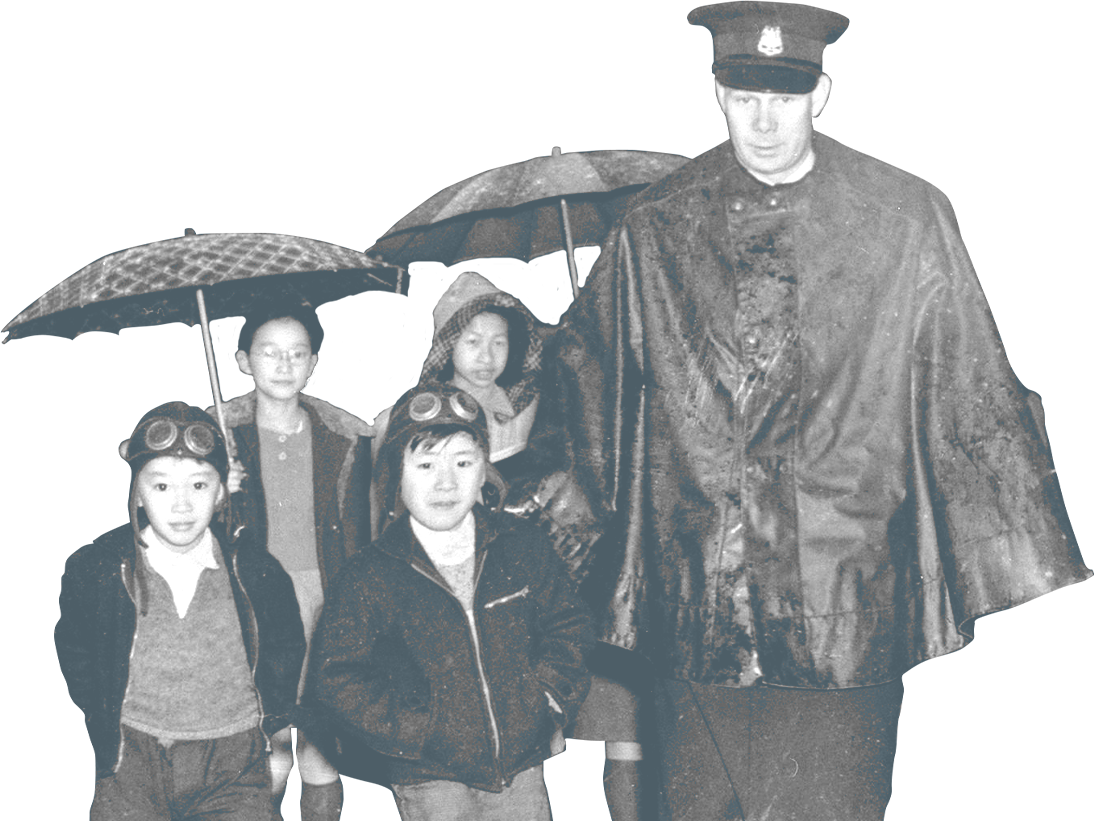 Scroll down
Scroll down
Who is this website for?
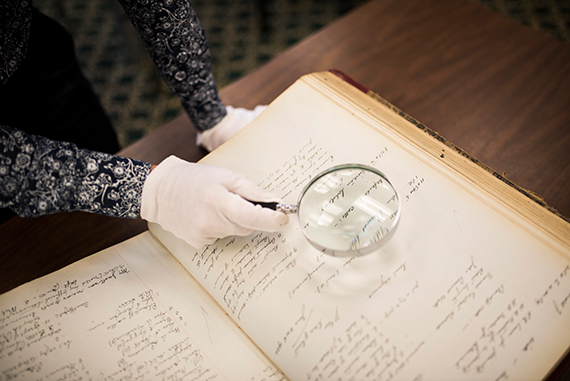
Elementary/intermediate teachers
who want to teach
about:
- human rights
- the use of the Canadian Charter of Rights and Freedoms
- the "Historical Thinking thinking Concepts"
- the internment and dispossession of Japanese Canadians
This website uses the internment and dispossession of Japanese Canadians as a means to help students learn about the world by seeking answers to big questions
- What is fair?
- How do we deal with unfairness?
- What is home? Community?
- What is the difference between belonging and belongings?
Teaching Method
1. Hands-on:
- Students create things, they make things, and they do things.
- Students find this a fun way to learn and the issues are easier to understand when they get involved through creating.
- The learning is made real through simulations.
2. Minds-on:
- The activities are meant to develop critical thinking skills.
- We stimulate students' curiosity through engaging in intriguing activities and using primary sources.
- We directly target the Historical Thinking Concepts
3. Hearts-on:
- For intermediate-age students, everything is filtered through an emotional lens.
- Students feel the issues. As they learn, they ask themselves, "What does this mean, to me?"
- This emotional connection creates a deeper understanding and a greater level of engagement. It also creates a greater chance of action, a desire to make things better.
- Students make a simulated community of a Japanese Canadian neighbourhood, 1940s Powell Street, on a classroom bulletin board. They populate their properties with people and possessions which they pin into their properties. (Hands-on Learning)
- Because of the work students put into their simulated community, the people and the belongings, students become emotionally attached to their work. (Hearts-on Learning)
- Then, over time, after students have built up sufficient possessions, Canada and Japan go to war with each other, and the Japanese Canadian avatars/characters from the Powell Street displays are moved to an internment camp bulletin board. Then, as their incarceration continues, the possessions left in the Powell Street display start to disappear.
- As a class, throughout the simulation, the students process how this happened, why this happened, and what the repercussions were. (Minds-on Learning)
The Lessons
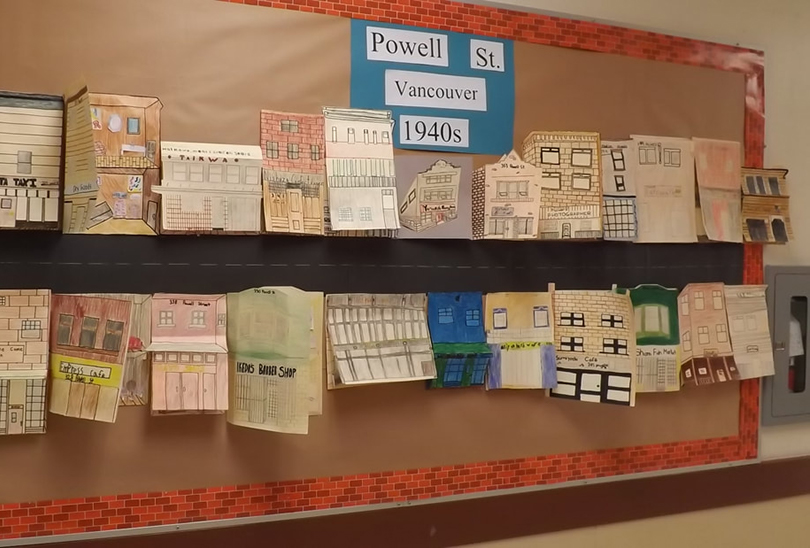
Powell Street Simulation
Students make a simulated community of a Japanese Canadian neighbourhood on a classroom bulletin board to begin a simulation of internment and dispossession. Start with the Main Dispossession Activity: the Powell Street simulation. Do the 8 Supporting Lessons concurrently so that you are ready to take away the students’ simulated possessions and property by Lesson 3 Intro to Internment.
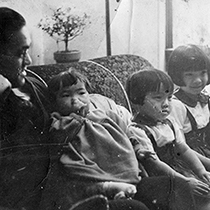
1.Beliefs
Using a "Beliefs" statement chart, students begin to think about some of the key issues behind this unit before the actual study of the content.
Learn more
2.FUF Game
Students play a strange game in which the rules are not clear and do not seem fair.
Learn more
3.Intro to Internment
Students analyze photographs to gain knowledge about the Japanese Canadian experience.
Learn more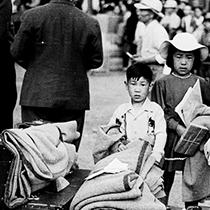
4.Going to Internment
Students evaluate what is important to them by trying to figure out what they would bring if they were suddenly forced out of their homes.
Learn more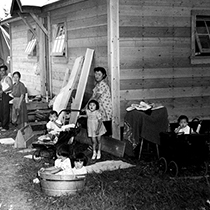
5.Living in Internment
Students simulate the cramped and crowded living conditions of internees by trying to fit their own belongings in a floor plan of an internment shack. They also examine various primary and secondary sources to learn about life during internment.
Learn more
6.Dispossession
Students read letters of protest from dispossessed Japanese Canadians to see how some of them reacted to the losses they suffered.
Learn more
7.Rights and Freedoms
Students determine whether or not Japanese Canadians were treated fairly with respect to certain rights that other Canadians held.
Learn more
8.Redress
Students assess a number of scenarios to determine whether a situation warrants an apology and how reparations could be made. They learn about redress for Japanese Canadians and evaluate whether the apology was appropriate.
Learn more